Coach Shows 4 Best At-Home Core Moves for Complete Beginners
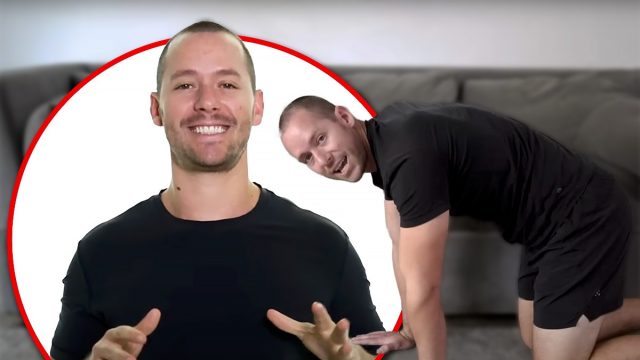
Starting a core workout routine can feel intimidating, especially when you're new to exercise. Finding movements that are both effective and doable can seem like an impossible task. But what if you could build core strength with just four simple exercises from your living room?
"Core exercises are the foundation of your entire body. Every movement you make stems from your core," explains Coach Tyler from Warrior Made. With thousands of success stories from his online training programs, Tyler specializes in helping complete beginners transform their bodies through simple, at-home workouts. "In order to slim down your waistline and get toned, you need to be following the right exercises in a progressive order," he shares.
Master the Reverse Crunch First
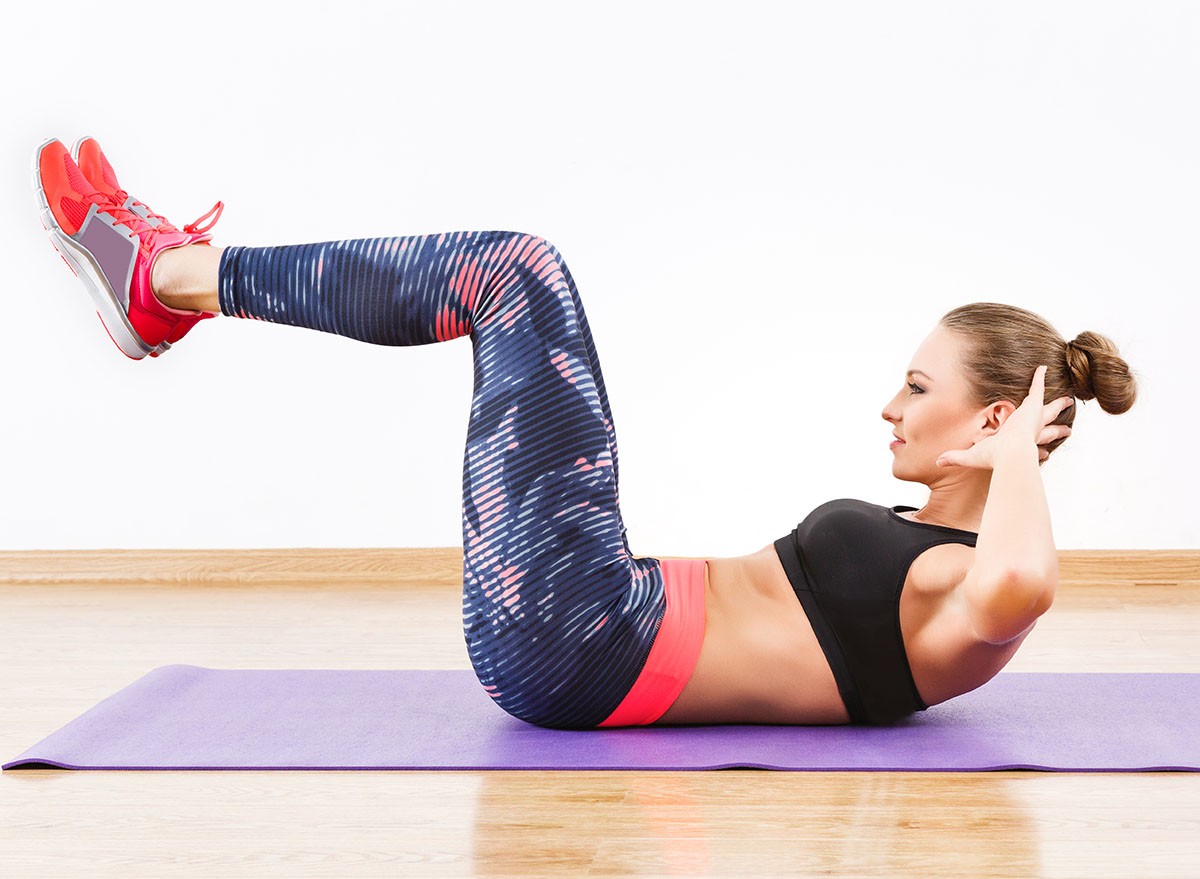
Your core journey begins with the reverse crunch. "The most common thing that people do with reverse crunch is as they bring their legs down, their lower back lifts off the ground," Tyler explains in his post. To perform this correctly, lie on your back and press your lower back firmly into the ground. Make a diamond shape with your hands and place them under your tailbone. Inhale as you lower your heels toward the ground, and exhale while bringing your knees back to your chest.
Build Strength With the Kneeling Plank
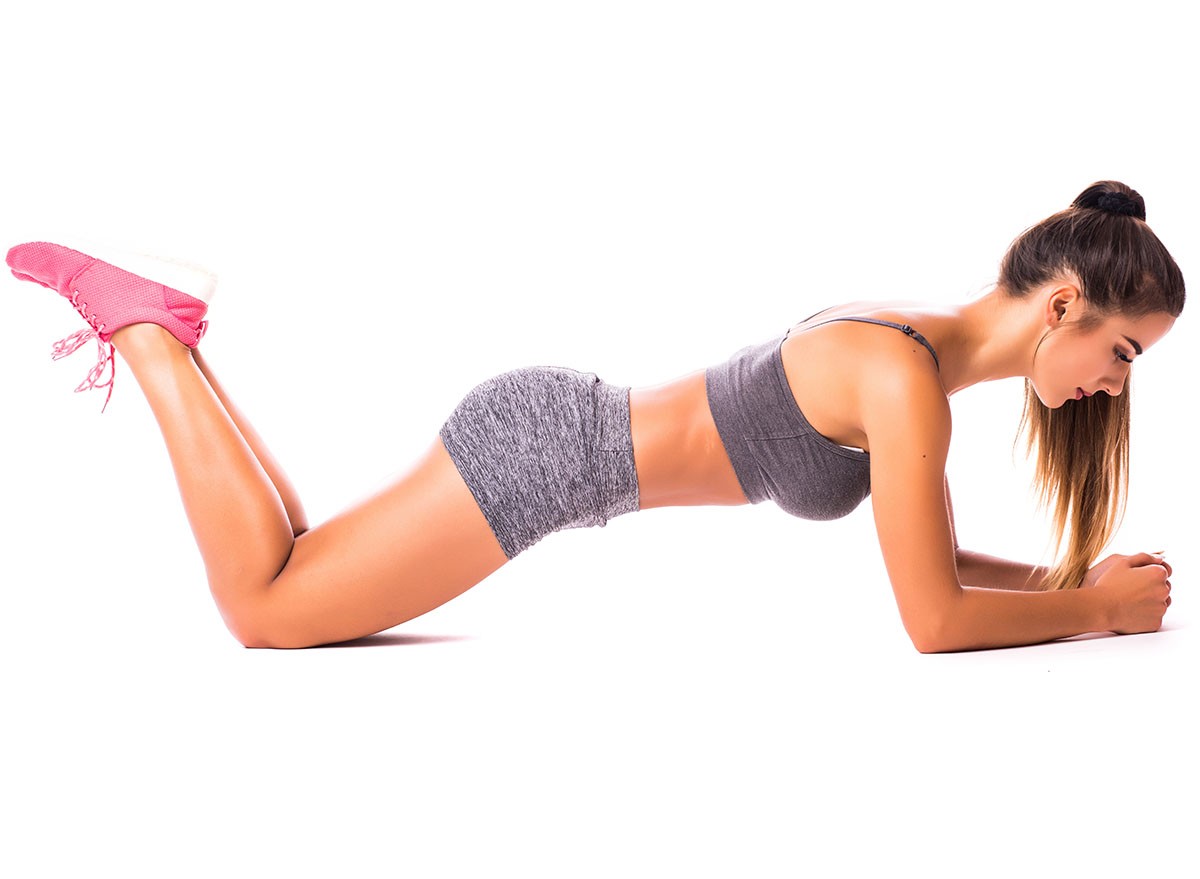
The kneeling plank provides a stable foundation for beginners. "Most people plank and they stick their butt up in the air," Tyler notes. Instead, start in a kneeling position with your elbows on the ground. The key is to "squeeze your glute, squeeze your button muscles as tight as you can." This action brings your body into perfect alignment from knees through hips to shoulders. Remember to tuck your chin and think about dragging your elbows toward your hips to engage your core fully.
Progress to Mountain Climbers
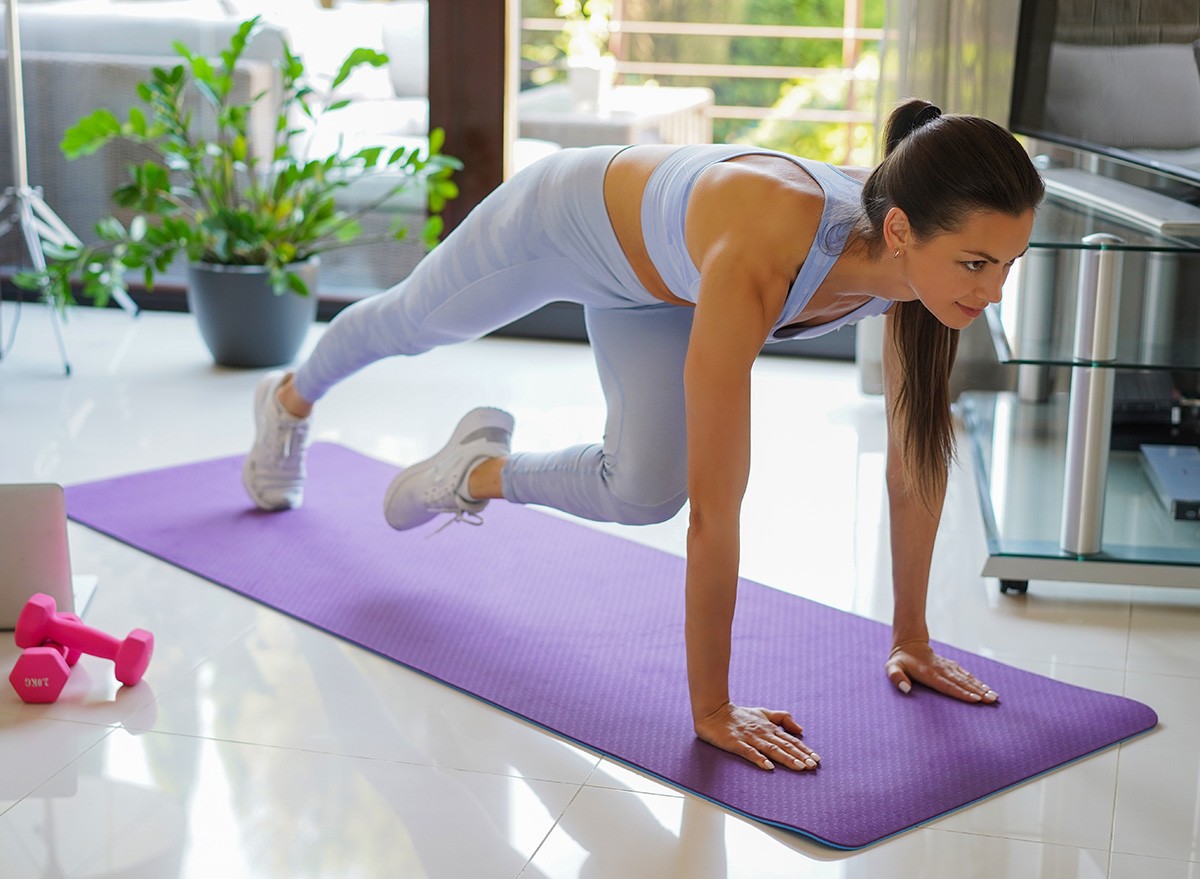
As your strength builds, try the mountain climber. "Start slow and use small range of motion at first," Tyler advises. Begin in a pushup position with hands flat on the ground. Alternate bringing each knee forward, as if running in place. If this proves challenging, Tyler offers a modification: "Try using a chair or the back of a couch to make it even easier for you."
Complete With the Kneeling Inchworm
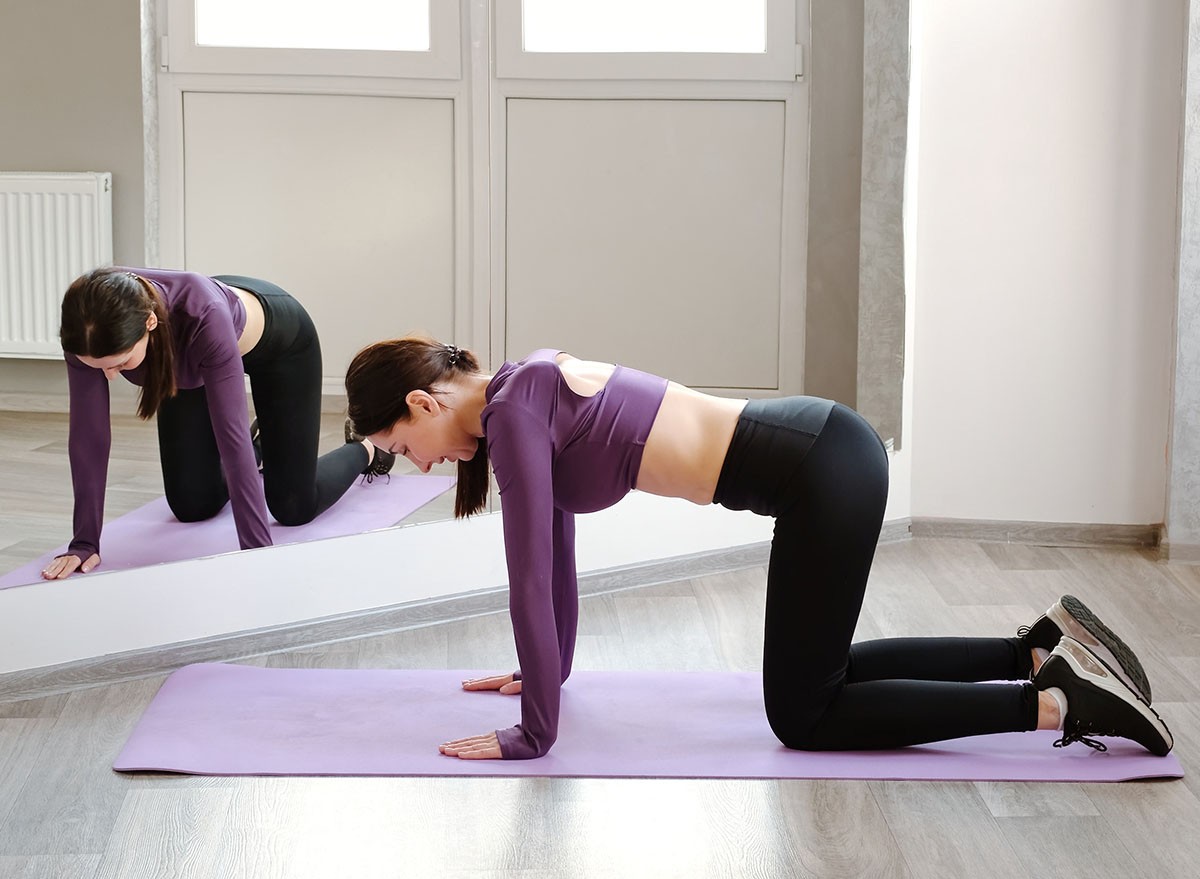
The final exercise, the kneeling inchworm, combines control with core engagement. Start on your knees with hands close by, squeeze your glutes tight, and walk your hands forward. As Tyler instructs, "Keep your elbows as locked as you can, and walk your body out as far as you can." Use your shoulder blades, not your elbows, to control the movement.
Create Your Workout Flow
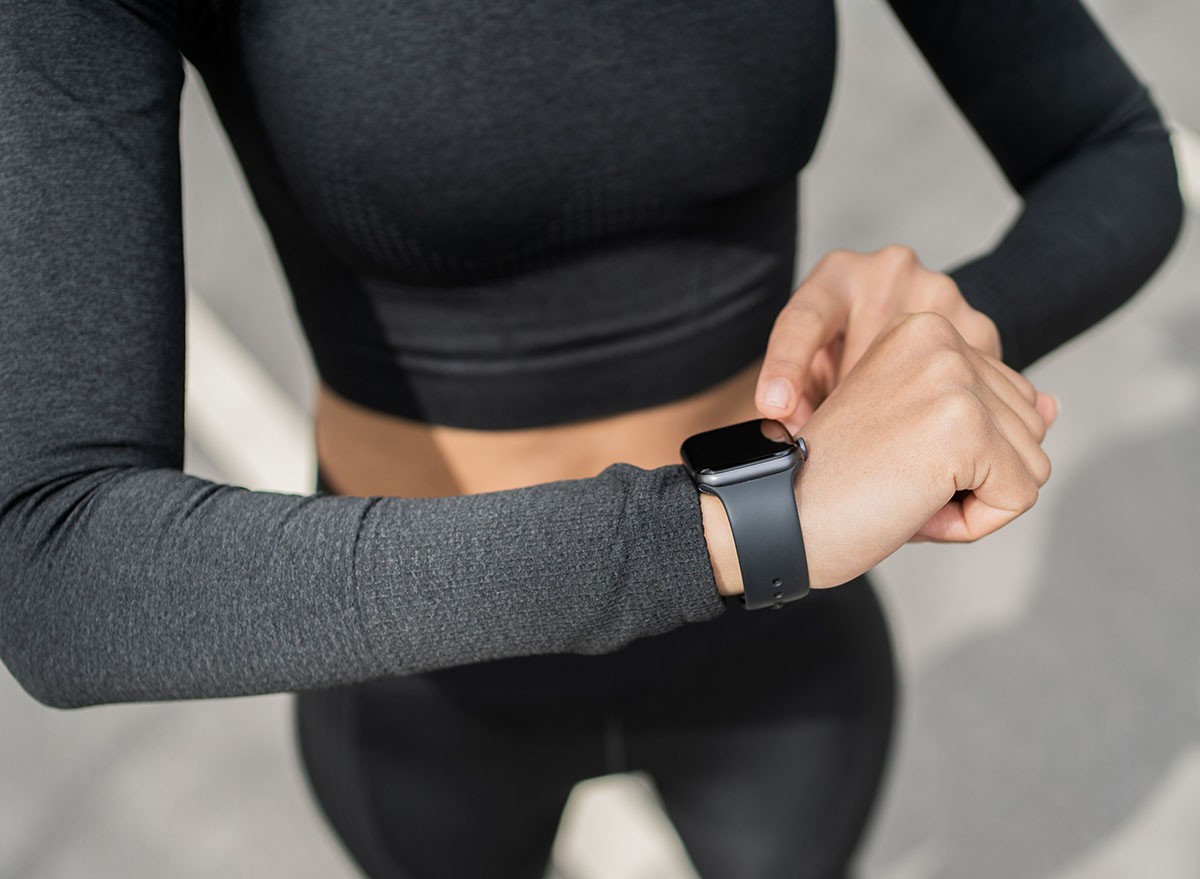
For each exercise, Tyler recommends a 30-second duration. "You can get a great core workout in just two minutes," he explains. This makes the routine perfect for beginners who are just starting their fitness journey. Focus on form rather than speed, and remember that consistency matters more than intensity.
Stay Safe and Progress Gradually

Before starting any new exercise routine, Tyler emphasizes, "You should consult with your personal care provider before you take on any new exercise program." Listen to your body, start slowly, and gradually increase intensity as movements become more comfortable.
Remember, everyone starts somewhere, and these four foundational moves provide everything you need to begin building core strength at home. As Tyler reminds us, "We use similar workouts just like this with thousands of our members to achieve incredible results." Start your core journey today with these proven beginner-friendly exercises. And if you enjoyed this article, don't miss these 3 Simple Stretches Made This Coach More Flexible in 2 Weeks
.




